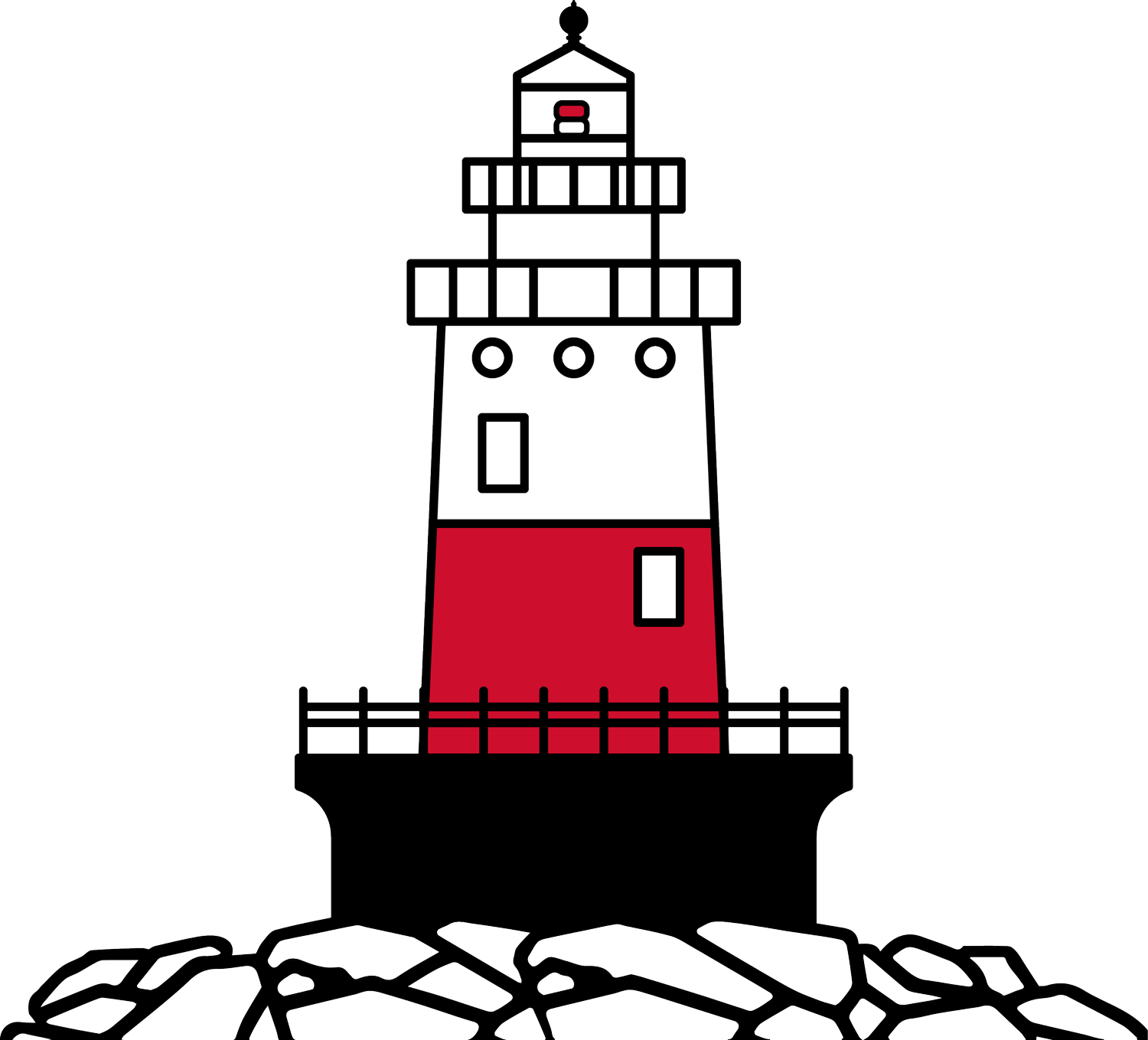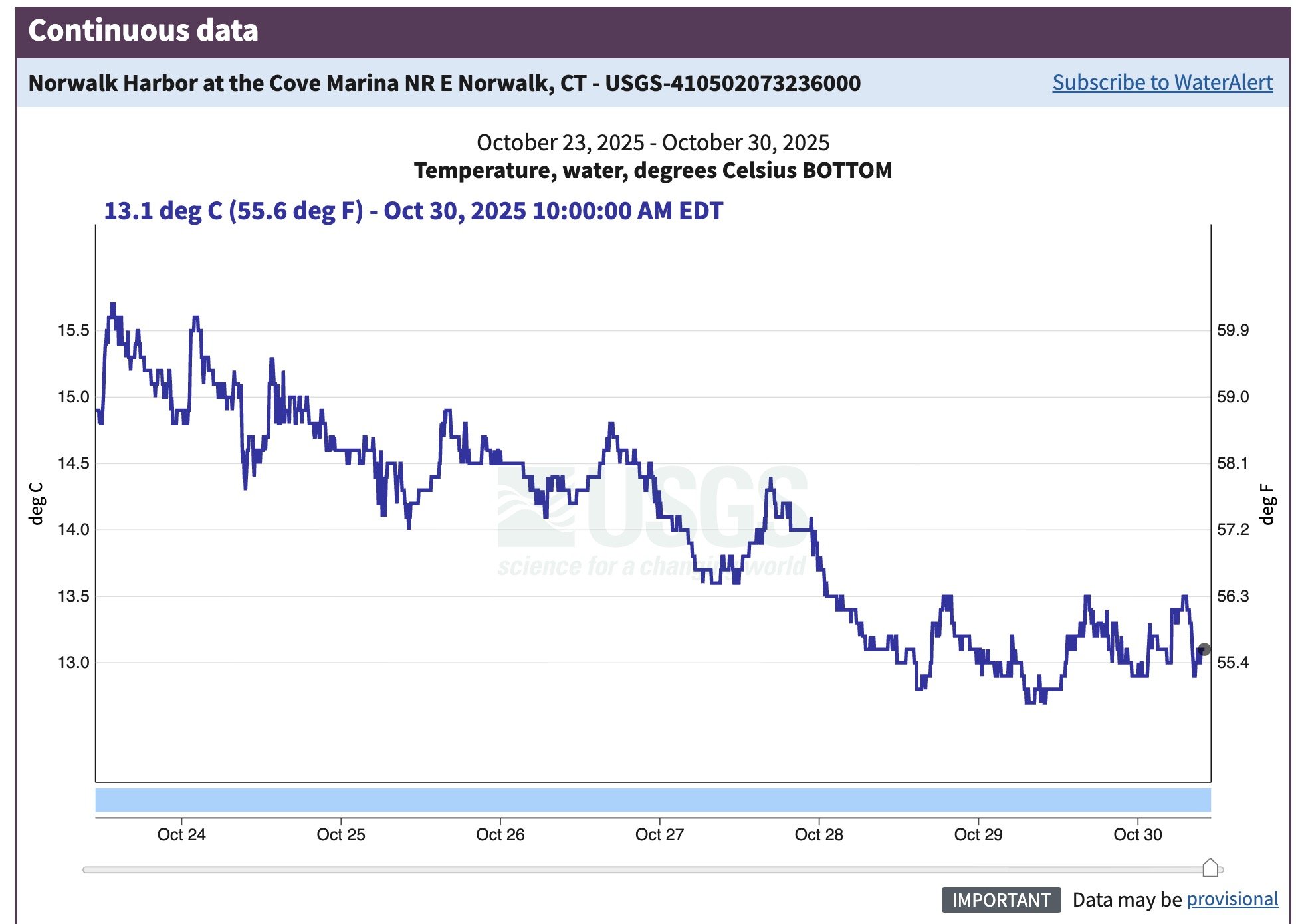
Explore Greens Ledge Lighthouse
Weather & Webcam
Live Webcam
Wind & Weather Dashboard
Greens Ledge Lighthouse leverages its offshore location to provide real-time weather, tide, wave, and water-quality data. Our monitoring systems support research, public safety, and coastal resilience, while feeding valuable insights into regional networks. Sharing this data continues the Lighthouse’s historic mission of service to science, navigation, and community.
'
'
Additional Resources
Wave Height & Sea State
UCONN Western Long Island Sound Buoy
Water Level & Surge
NOAA Bridgeport, CT Station
Water Quality & Temp
USGS Norwalk Harbor Station



